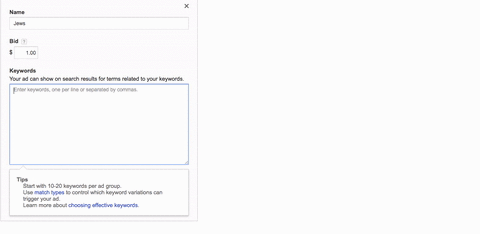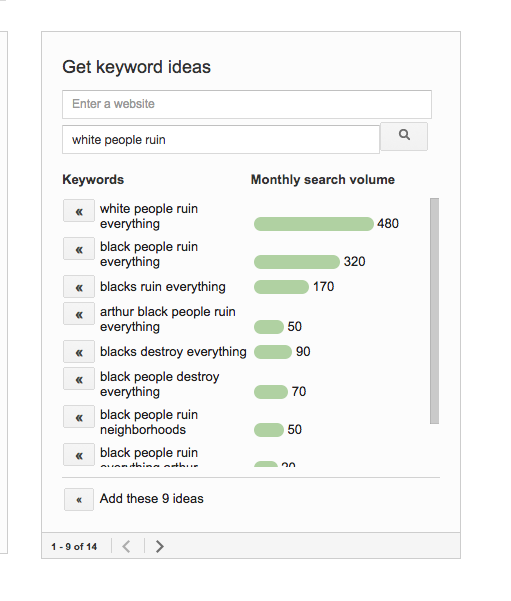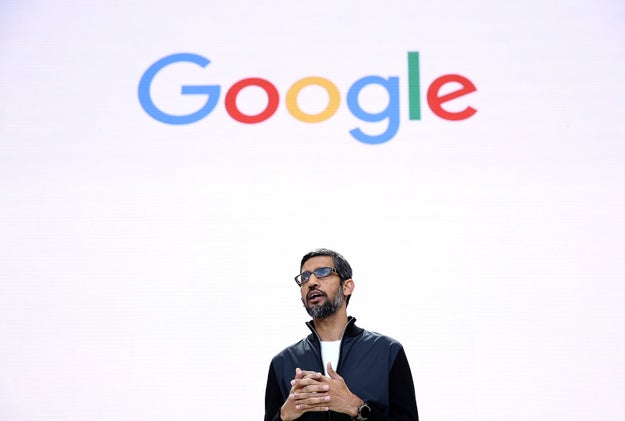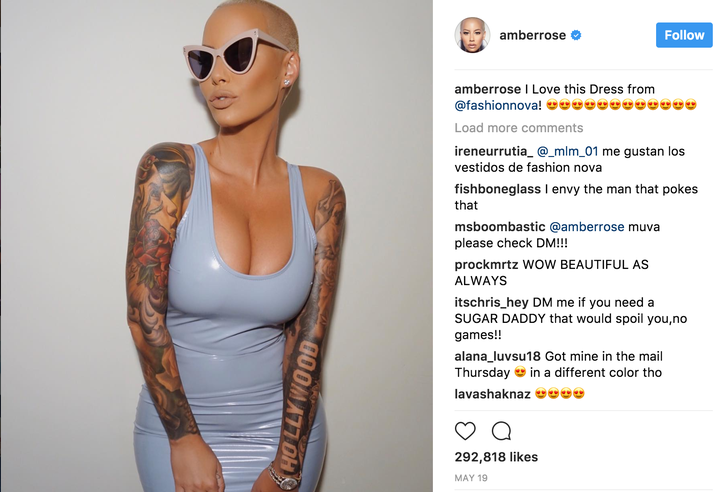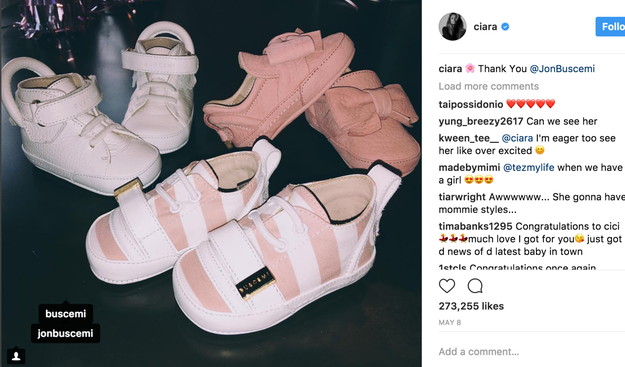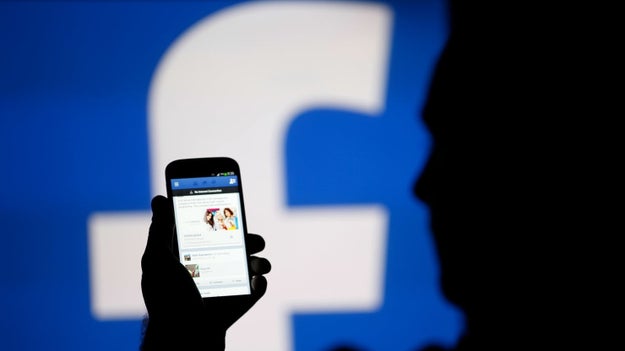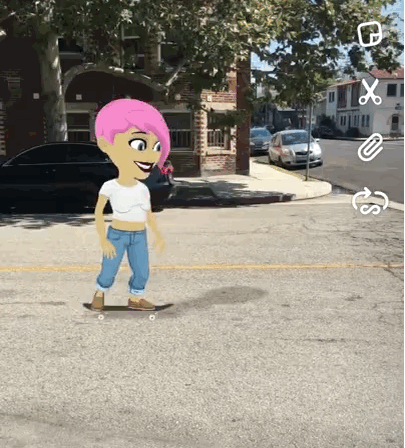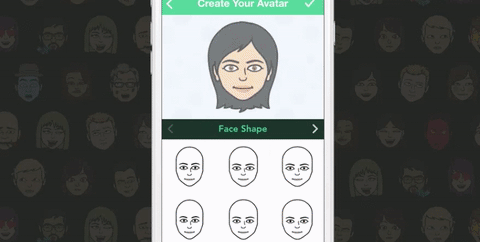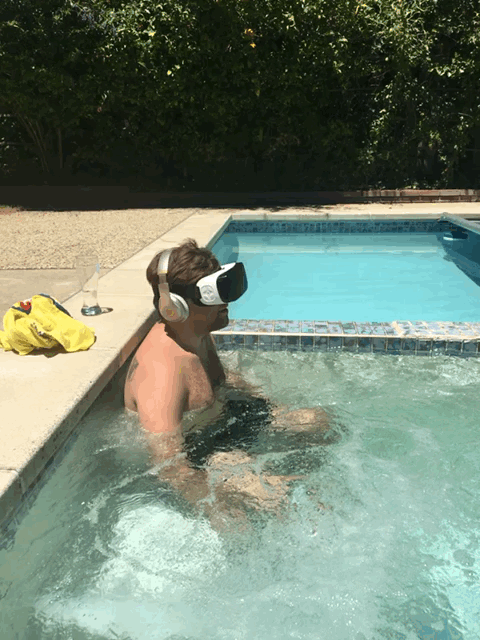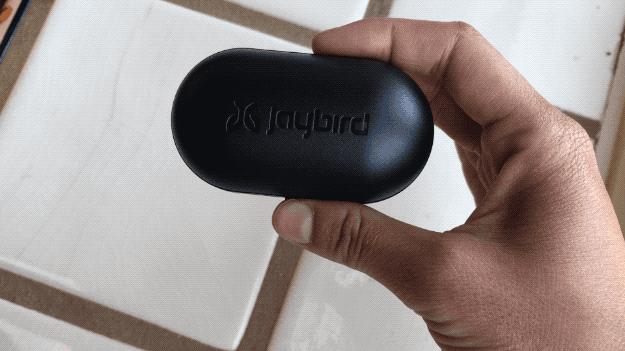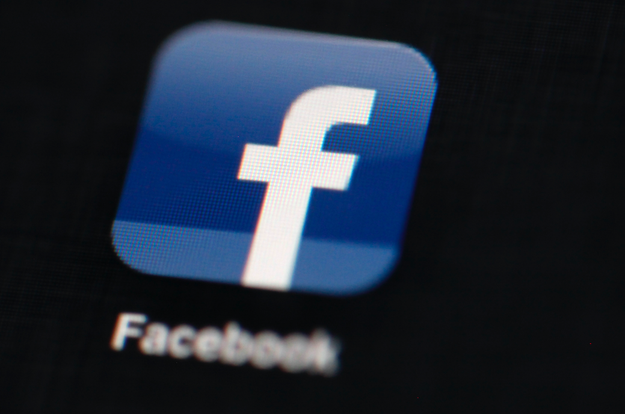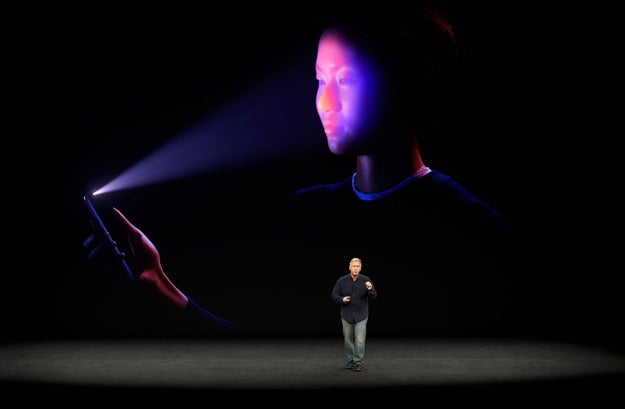The big question on everyone’s mind, as Apple CEO Tim Cook stepped onstage to announce an array of iPhones and a new Apple Watch and a new Apple TV on Tuesday was: Will there be a nuclear war with North Korea?
No. Wait. That wasn't it.
It was: What is happening in Florida and Texas and the islands in the Atlantic in the aftermath of two brutal hurricanes? Or maybe the question was actually about Russia and the election. Or DACA. Or Ted Cruz masturbating. Or, well… In fairness, there’s a lot going on.
Which is why Apple's ability to cut through the noise and din is so remarkable. Of all the ways the world has changed since Steve Jobs rolled out the first iPhone a decade ago, our frenzied public sphere seems the loudest and most unrecognizable. We're louder, courser, more unpredictable; the radio is at full volume, stuck between stations, forever.
Thanks to the power and success of the company he leads, boring Tim Cook may be the one human alive better able to make news break through than Donald Trump, at least on occasion. And so, on Tuesday, the big question on everyone's mind was ultimately about iPhones. (Don't take our word for it, here's what Twitter's trending topics looked in the United States after Apple's presser. Worldwide trends were similar.)
No other person or entity, no politician or even Hollywood franchise is so able to so fully peel away the layers of our daily reality in service to engineered desire. This is Apple's specialty. Its entire purpose is to make you pay attention to it; to make you want it. And it is very, very good at that. This was so fully on display Tuesday that it's worth examining, and understanding.
Apple doesn't have press conferences, it has “events.” On Tuesday, the event was in Apple's new home, a vast new 175 acre campus that, as Cook said, “fuses buildings with an open parkland.” It's a stunning place, with rolling hills and — according to Apple — some 9,000 newly planted trees. The landscaping neatly conceals Cupertino's nearby suburban clutter of strip malls and cookie-cutter apartment homes. Everything is utterly new, so much so that there was a strong scent of manure fertilizing all those freshly-planted trees and grasses. And forever looming in the distance, across the park, is Apple's new headquarters building. It's spaceship.

Apple's new campus, under California clouds.
Mat Honan
As the media floated in on waves of warm California air, we were greeted by handlers, standing every 30 feet or so directing us to where they want us to go; directing us to have a nice day. They were almost reinforcing the notion that we would have a nice day.
They ushered us into the Steve Jobs Theater, which is buried like a bunker in the earth and topped with a great glass shrine. There we were fed quail eggs on polenta, and salmon with creme fraiche for breakfast. The portions were small, but there seemed to be a limitless supply. And at the appointed hour, they directed everyone through the glass emptiness of that upstairs reception hall, through the white emptiness of a downstairs lobby, and into the theater below, all leather seats and rumbling speakers. The stage was set, very literally, for a show in which the venue itself played a large supporting role.
Ahhhhhh…. And then off went the lights. The international press, ostensibly there to disseminate news of the newest Jesus Phone throughout the world, was asked to shut their laptops so as not to muck up the show. And in the darkness, there came the Voice of Steve. The press conference itself began with Steve's words to Apple the company, telling it what it was and what it would be after he was gone. “What’s going to keep Apple, Apple, is if we keep us, us,” said the voice in the darkness.
View Video ›
video-player.buzzfeed.com
It was an emotional scene, one that left both a visibly affected Cook, and several of the employees seated in the audience choking back tears. The theater erupted in applause. This is something that people watching from livestreams nearly always comment on: the applause in the theaters at these events. You could be forgiven for thinking the press is howling in appreciation. Although some certainly do, the clapping is largely driven by Apple employees, who were seated (or seeded) throughout the audience, and broke into applause
But the real show began when Cook called Angela Ahrendts, the former Burberry CEO who left to run Apple's retail efforts, onstage. As a part of her update on the company's retail efforts, she told the audience that “we don’t call them stores anymore, we call then town squares, because they’re gathering places.”
View Video ›
Facebook: video.php
Sneer at this statement if you want, but it is key to understanding precisely how the company engineers desire. Apple isn't in the phone business, or the computer business. It is in the business of selling you the person you want to be. And very often this is the work of branding language.
Why would anyone go to a store, when they could gather in a square? One comes to the Apple Town Square not to do something as gauche as commerce, but to associate and wander and learn.
From here, there were a slew of product announcements. Watches. Apple TVs. Phones. We were told that Apple Watch is number one. (At what? Who cares.) The chip that powers several of these devices would have no pedestrian numeric designation, rather it is the A11 Bionic. There was Animoji and face unlock and “one more thing.” The presentation that began with an address from the former Burberry CEO, ended with a phone that can only be described as a luxury device.
What's really surprising is that exactly none of the announcements were surprising. This year, thanks to a barrage of leaks, everyone knew what was coming, more or less, but we all watched anyway. Rapt.
And then its up and out of the theater and back into the hall, where it's time to get hands-on with the devices — of which there are always just slightly too few, which encourages crowding around the tables, jockeying, shoving to get the perfect shot. Like every other moment at these events, this is not an accident. Apple knows precisely how many people will attend each event, and clearly thinks carefully about how the hands-on area is laid out.
View Video ›
Facebook: video.php
The next phase of this strategy is about access. Some publications — typically bigger ones, or ones with an audience Apple particularly wants to reach — will get review units. (In recent years, this has included BuzzFeed News.) Others will not. Just as significantly, no one gets them exclusively. This creates an incentive for the outlets that do get review units to make a big splash with them, and to heavily promote their review coverage.
Of course, Apple also has to deliver. And historically it has done this. Even antenna-gate, by far the biggest flaw in a phone it shipped, was not a big deal. Its attention to detail makes sure it doesn't ever fall on its ass. Your opinion may differ as to whether or not the iPhone is the best handset on the market — there are certainly cases to be made for other devices — but it's pure nonsense and an indicator that a person should not be take seriously if they argue that it's not among the very best.
These new phones appear to be pretty wonderful. There was some teeth-gnashing about how the late-arriving, very expensive iPhone X will affect Apple's historically strong fourth quarter sales and, subsequently, its earnings. And maybe rightfully so, but ultimately, the company will sell a bazillion of these super high margin devices and reap incredible profits from them.
And so this is what Apple does now, consistently. It rolls out wonderful devices, drapes them in superlatives and its own branded language, and creates an air of exclusivity around them, both by making them hard to get a hold of in advance, and casting them as luxurious but accessible items. People clamor for them, and the press clamors to serve up the news, which makes people want them all the more. And so the cycle of engineered desire goes.
View Video ›
Facebook: video.php
Do you remember when the first iPhone came out? One thing I remember, strongly, is that it was a replacement for a lot of other stuff. Before the iPhone, perfectly reasonable people who had no more pockets then we do today often carried around a cell phone, an iPod (or other MP3 player) and sometimes even a camera too. More than a decade ago, I wrote of the original iPhone that it “brings together several features of the iPod, digital camera, smart phones and even portable computing to one device, with a widescreen display and an innovative input method.” It genuinely offered more convenience and a better way of doing things. It went on to redefine not just the marketplace for cell phones, but also computers, communication, the economy and our very culture. It was, to put it mildly, utterly wild.
It seems extremely unlikely that Apple will repeat that trick. The iPhone X, despite the language around it, is simply a better version of an already very nice thing at the end of the day. But what is repeatable, even bankable, is Apple's corporate myth-making. That is a product unto itself.
It was 90 degrees when we walked blinking, up out of Steve Jobs Theater, and back into the sunlight, surrounded by all that flowing grass, and those freshly planted 9,000 trees. It was a gorgeous, and exquisitely designed space, there's no denying it. But also, come on. You could still smell the bullshit.
Quelle: <a href="Apple's Best Product Is Its Media Strategy“>BuzzFeed


